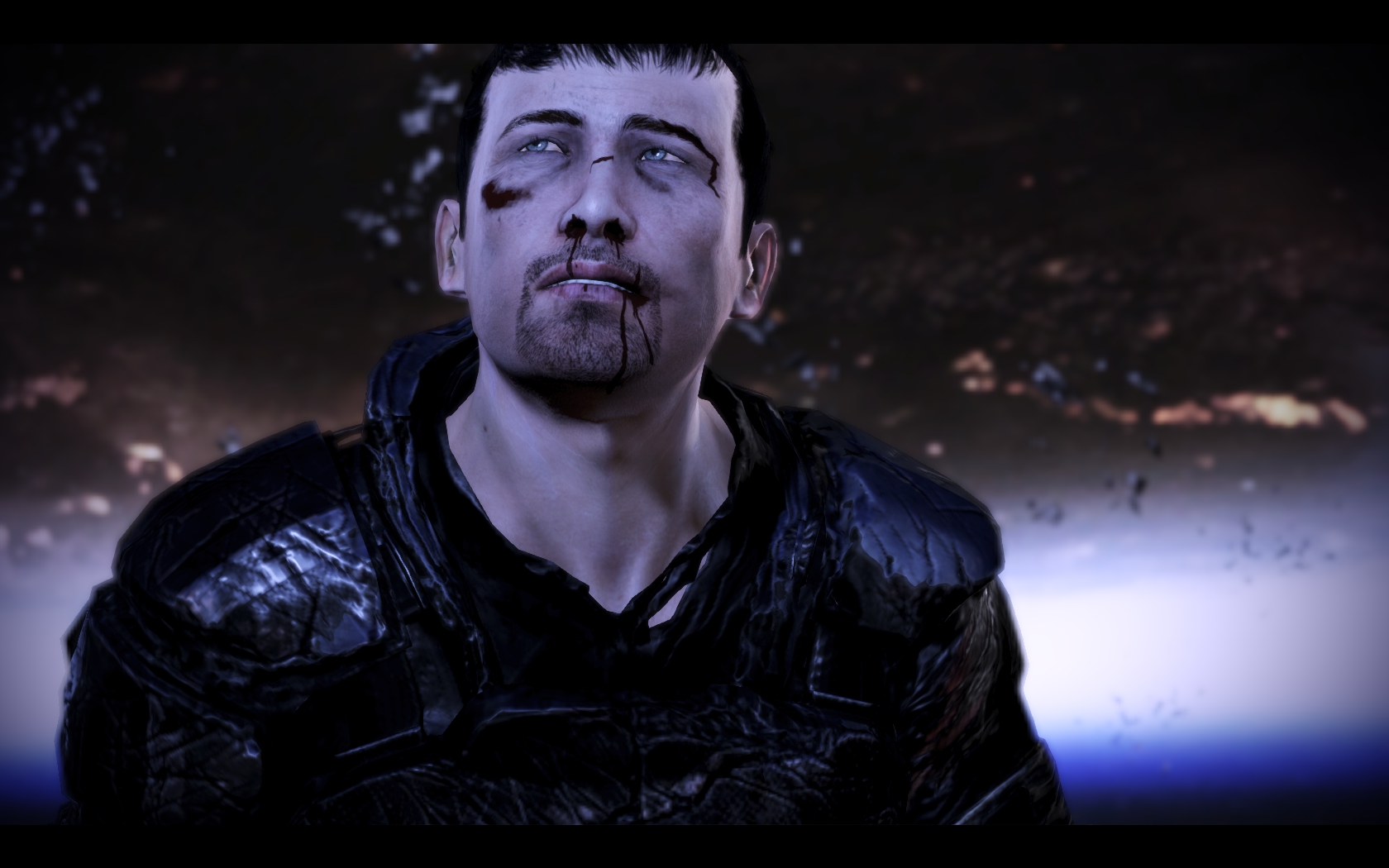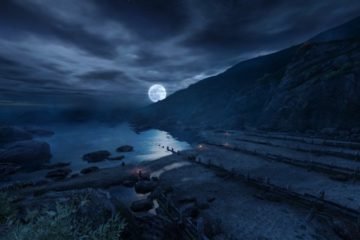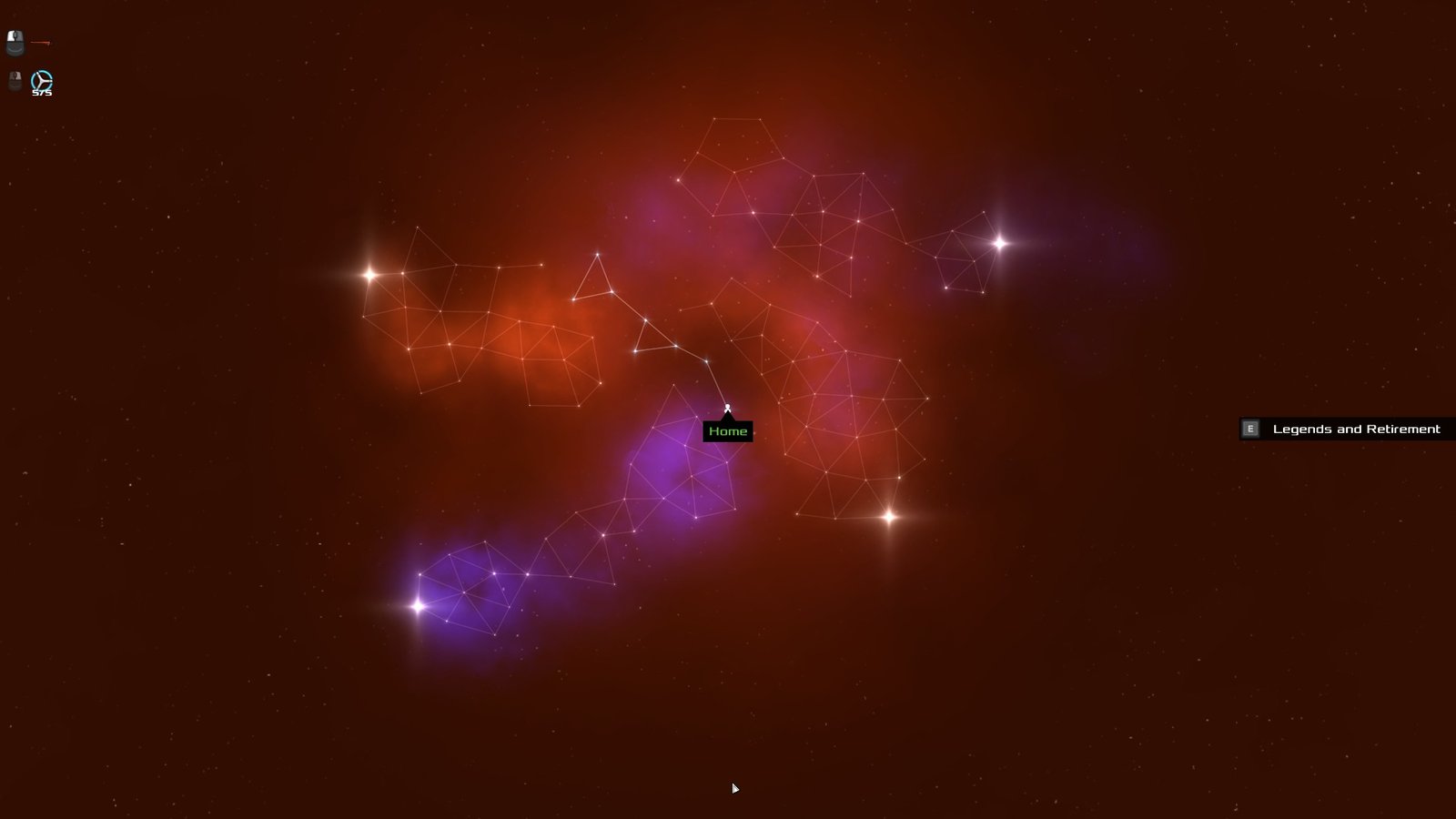As the November release of zombie co-op shooter Left 4 Dead creeps closer, Valve have released a 10-minute video analysing the game’s core design principles. It makes for some exciting viewing.
Released via the fantastic Left4Dead411 website (bookmark it now), the video is hosted by Valve’s chief crowbar wielder, Gabe Newell, and provides a whistlestop introduction to the AI director, visual improvements to the Source engine and the team’s ambition to blend single and multiplayer gaming into a new experience. In case you’ve not yet seen it, here it is:
[vodpod id=Groupvideo.1615427&w=600&h=338&fv=]
The AI director has been key to L4D‘s appeal from the very start, offering the potential of endless replayability and a natural flow to the game that tends to elude multiplayer titles, which more often fall into a neat dichotomy of either frantic, unabating excitement or tedious grind.
A player-analysing system such as this has never been applied to a multiplayer game, as far as I am aware (do correct me if I’m wrong). The ill-fated and short-lived SiN episodic series from a few years back dabbled with automatic difficulty levels to rather good effect, resulting in a constantly challenging game that never become truly frustrating. It coped well with my experienced FPS techniques and the fumblings of a friend who had never before aimed with a mouse. L4D‘s overall success relies very much on the AI director functioning as intended.
Visual subtlety
More intriguing are the visual tricks being employed by Valve. Rather than throwing all the latest gimmickry at the screen in a shallow attempt to wow customers and gloss over a lack of gameplay, as has been the case repeatedly with supposed ‘next gen’ titles, they’re instead turning to the film industry for inspiration.
Increasing polygon counts and adding new lighting methods, shaders and blurs is all very well, but it is of little use if the technology is not harnessed in an aesthetically pleasing manner. Certain games from yesteryear still look surprisingly good despite their aging technology, specifically because their creators understood how to use visuals – Beyond Good & Evil, Ico, Prince of Persia: The Sand of Time, Half Life 2 – while the supposed groundbreakers are often left looking like ugly museum relics, anchored more to the evolution of graphics cards than game art – Doom 3, Oblivion, countless others.
World of Warcraft is perhaps the best example of this, being a game that even on release was visually primitive in many ways. It nevertheless achieves a staggering visual impact and still does to this day, thanks to highly efficient art direction and beautiful use of lighting. It was one of the first game’s that made full use of colour grading, a technique used in film and video production to enhance the raw footage that comes through the camera lens. Games have started to learn from this, treating graphics with numerous post-processing effects rather than just flinging them at the screen untreated. From lush jungles to barren deserts and icy mountaintops, World of Warcraft continually and subtly adjusted the colour palette to suit the mood of the location.
With L4D Valve are embracing the potential of colour manipulation, using the AI director to adjust the contrast, grain and vignetting depending on the tension and Impending Doom quotient. Music and sound effects are to be treated with similar dexterity, which will hopefully result in a far more varied and unpredictable audio-visual experience, one which tailors itself perfectly to your own individual experience.
Online storytelling
Most excting of all is Newell’s claim that L4D will blend the strong storytelling of singleplayer gamers with the social and interactive aspects of multiplayer. A few games have taken tiny, tentative steps in the right direction with this, but have often missed the point. MMOGs such as WoW succeed in creating a social environment, but their storytelling is illusory at best, completely lacking any sense of impact or persistence. Co-op games such as Ghost Recon and SWAT4 have successfully created micro-stories for people to experience with friends, but have never crafted a larger experience. The Ghost Recon Advanced Warfighter games had potential, but their predictable, repetitive nature worked against the immersion. SWAT4‘s highly successful randomised enemy placement is hopefully a taster of what L4D‘s AI director can achieve.
Team Fortress 2 marked the start of Valve’s aim to give multiplayer gaming a heart and soul: it directly encourages teamplay and imbues its classes with such a strong sense of character that even playing against random Internet teenagers feels rewarding and sociable. It crafts a cohesive, amusing universe around the mayhem, albeit extremely slight and peripheral, that helps to avoid the inane, anonymous aggressiveness of Counter-Strike.
Left 4 Dead is the next step and has the potential to turn multiplayer gaming on its head more so than is perhaps realised at this point. Everybody is pointing towards massively multiplayer games such as World of Warcraft as the future of gaming and especially PC gaming, but I suspect that the smaller scale, more intimate and memorable expereinces promised by Left 4 Dead may yet reveal a hidden desire within the gaming community.




0 Comments
Ben · October 1, 2008 at 9:11 pm
Oooh, sweet.
I think this will be the key part of L4D, the story that is.
The Director AI is also pretty sweet, I like how that plays out. And I really like the film effects added.
The main thing I like about this is the way they haven’t actually focused on making it all ‘flashy bang bang’ effects to make it ‘next gen’ looking and looking like a show off. Valve really know how to treat their customers and they know what we eant! A good graphic game…which can play on most systems. How awesome.
I hope to see you in the land of the undead Simon 😉